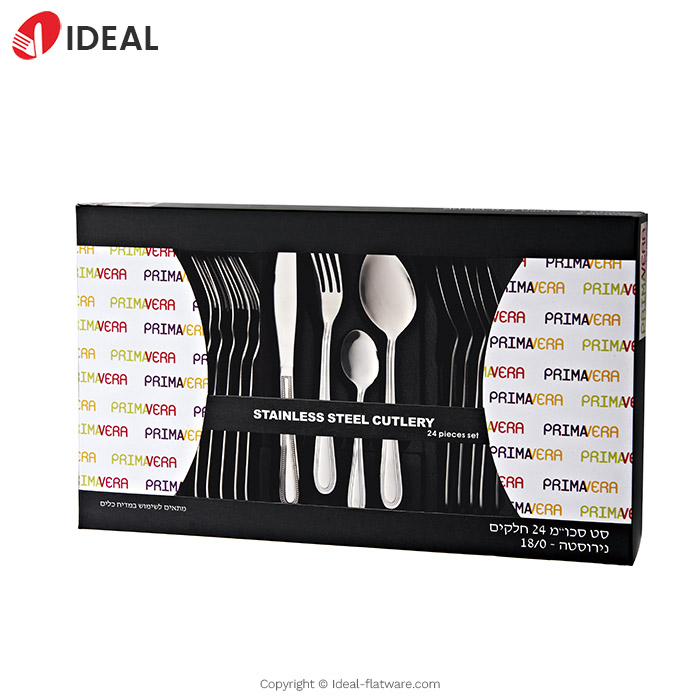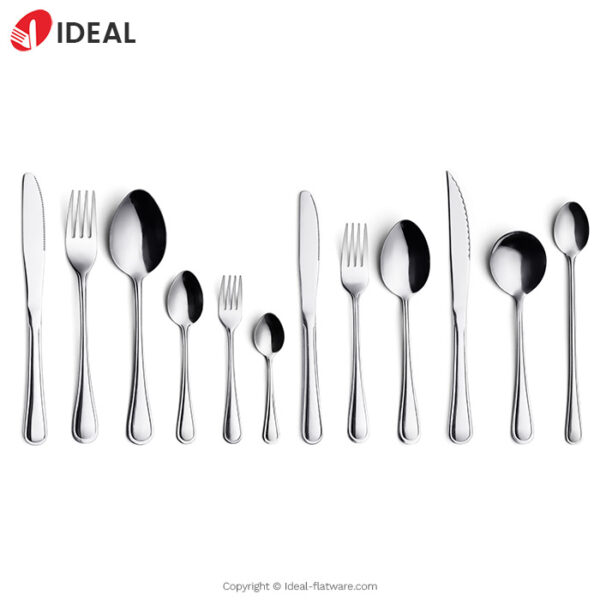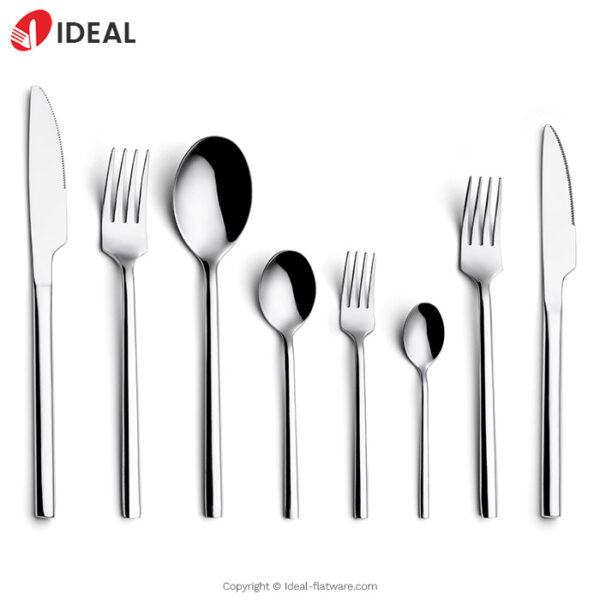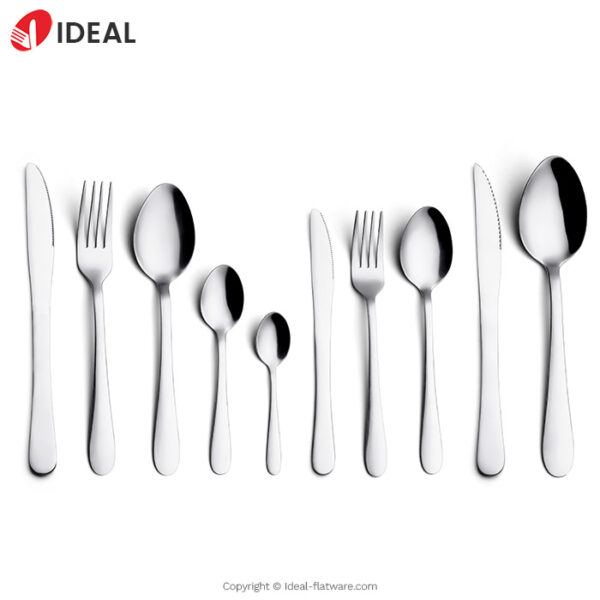Stainless steel is a corrosion-resistant and heat-resistant steel family. One of its key characteristics is the constancy of 10.5% chromium, which provides stainless steel with superior corrosion resistance in contrast to other steel classes. Its basic constituents are iron, carbon, and various alloys, but chromium reigns supreme. In stainless steel, the term “grade” refers to quality, durability, and temperature resistance. We’ll go through the three most common stainless steel grades here.

The most common stainless steel grades are SS 303, SS 304, and SS 316.
What exactly is SS 303 stainless steel grade?
Stainless Steel Grade 1.4305, also known as grade SS 303, is the most readily machinable of all the austenitic alloy grades of stainless steel that enables improved machining due to the presence of Sulphur in the steel composition, benefits in corrosion reduction, but a slight toughness lowering, still reflects excellent. Foodstuffs, sterilizing solutions, dyestuffs, and most organic compounds are also fairly resistant to general atmospheric corrosion. Read on to learn more about the SS 303 Grade requirements.
SS 303 Specifications and Properties:
Machinability: High machining speeds may be obtained even when the material is annealed.
Hot Working: Forging including hot working should take place after consistent heating to 1149-1260°C. To be on the safe side, manufactured components should be immediately chilled for optimal corrosion resistance.
Corrosion Resistance: Because sulfur is added to the compositions, grade SS 303 has good corrosion resistance even in moderate environments. Regrettably, it is unsuited for use in a maritime environment.
Heat Resistance: 303 stainless steel has acceptable oxidation resistance at 760°C and may continue to provide the same service at temperatures up to 870°C.
Fabrication: Only stainless steel-specific tools should be used, and they must be well cleaned before use. These measures are required to avoid cross-contamination of stainless steel.
What exactly is Stainless Steel Grade 304?
304 stainless steel is often regarded as the most prevalent austenitic stainless steel, also known as 1.4301 and 1.4307. With the added benefit of a high nickel level that ranges between 8 and 10.5 percent by weight and a high chromium content that ranges between 18 and 20% by weight. The dominating grade is utilized in sinks and saucepans, as well as heavy gauge components for increased weldability.
Stainless Steel Grade 304 Specifications and Properties:
Machinability is advantageous due to its high strength and work hardening rate.
Hot Working: After hot working, annealing should be performed at an initial forging temperature of 1150°C to 1260°C.
Corrosion Resistance: Has outstanding corrosion resistance in a wide range of settings and when in contact with various corrosive media. Pitting and crevice corrosion can occur in chloride-containing settings. Temperatures above 60°C can cause stress corrosion cracking.
Heat Resistance: It operates well even in an oxidizing atmosphere, with intermittent service temperatures reaching 870°C and continuous service temperatures reaching 925°C. Continuous usage at 425-860°C, on the other hand, is not advised if water corrosion resistance is necessary.
Fabrication: Tooling and work surfaces must be carefully cleaned before use; otherwise, readily corroded metals may tarnish the manufactured product’s surface.
What exactly is Stainless Steel Grade 316?
Type 316 stainless steel includes chromium-nickel stainless and molybdenum-bearing it as greater resistance to chemical attack than 304, with advantages of heat-resistant steel and superior corrosion resistance when compared to other chromium-nickel steels, even when exposed to various chemical corrodents such as seawater and brine solutions. Type 316 is more resistant to sulfuric acid, chlorides, bromides, iodides, and fatty acids at high temperatures, and it is easier to construct, clean, weld, and polish.
The Chemical Composition of Stainless Steel
SS 316 Specifications and Properties:
Machinability: Because alloy SS 316 is susceptible to work hardening and chip breaking during deformation, the best machining results are obtained with slower speeds, heavy feeds, and sharp tools.
Hot Working: Working temperatures ranging from 927 to 1204°C are suggested for most hot working operations. The material should be annealed at 1038°C minimum and water quenched or fast chilled by other methods after hot working for optimal corrosion resistance.
Corrosion Resistance: Because of the addition of molybdenum, grade 316 stainless steel is more corrosion resistant than similar alloys. By reducing pitting caused by chemical environments, grade 316 stainless steel is suitable for use in acidic and caustic environments that would otherwise eat away at the metal.
Heat Resistance: The melting range of grade 316 stainless steel is 2500 °F – 2550 °F (1371 °C – 1399 °C), which is around 50 to 100 degrees Fahrenheit lower than the melting point of grade 304 stainless steel.
Fabrication: All stainless steel fabrication should be done using stainless steel-specific equipment, with hygiene and sanitation measures taken.
Conclusion
Using any of the following Stainless Steel Grades: SS 303, SS 304, or SS 316 can improve product advantages by providing high strength, corrosion resistance, heat resistance, and can also be suitable for steel long-life durability.







